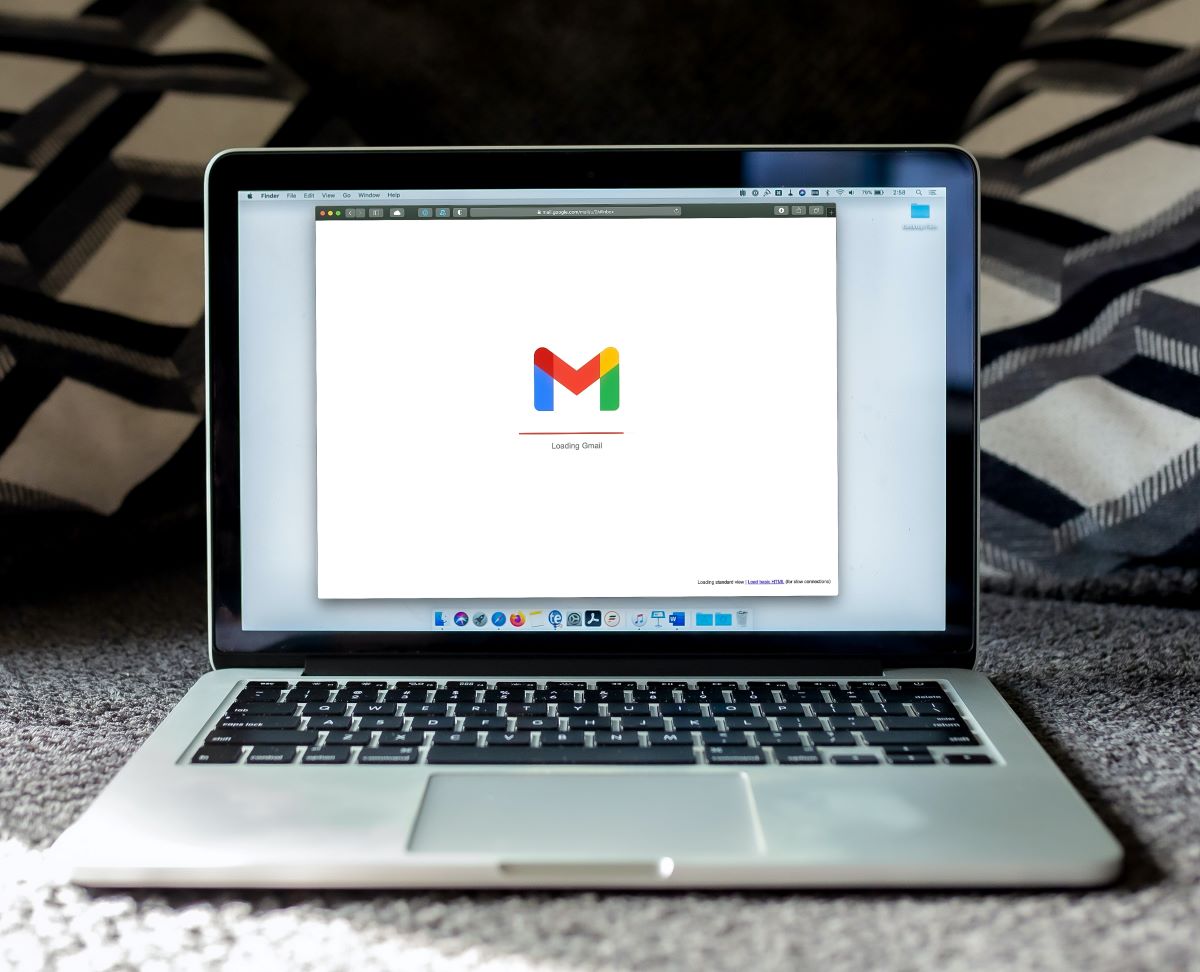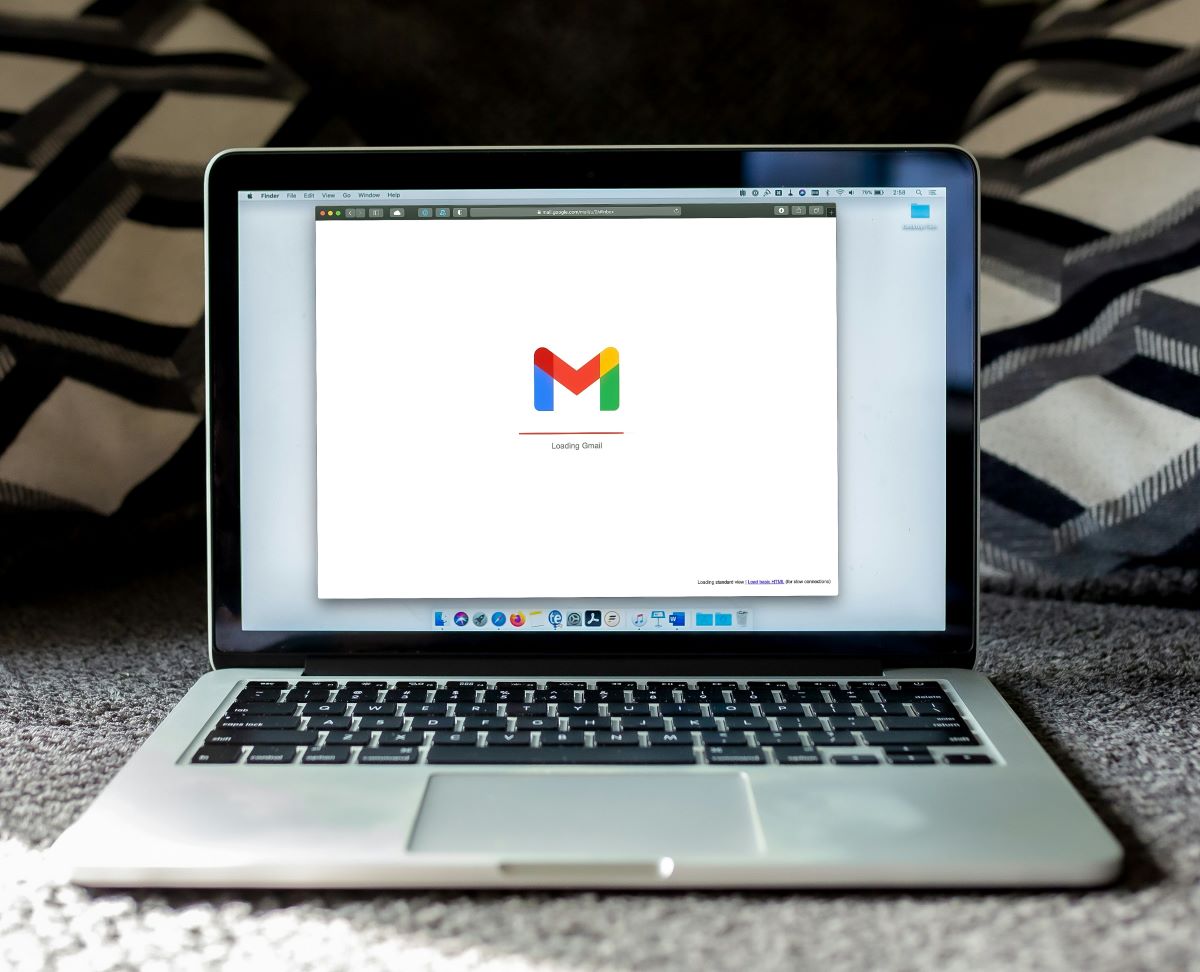Abandoned Cart Emails: 4 Sequence Ideas to Recover Lost Sales
Abandoned carts are a common headache for online retailers. According to statistics, the average cart abandonment rate across all industries is around 70%. That means for every ten customers who add items to their cart, seven leave without completing the purchase. This represents a significant loss in potential revenue for businesses. However, all hope is not lost. With effective abandoned cart email sequences, businesses can recover some of those lost sales and re-engage with customers who showed interest in their products. In this article, we'll explore four effective abandoned cart email sequence ideas to help businesses recover lost sales and boost their bottom line.
1. The Reminder Sequence
The first abandoned cart email sequence idea is the reminder sequence. This sequence involves sending a series of emails to remind customers about the items they left in their cart and encourage them to complete their purchase. The key to a successful reminder sequence is timing and persuasive messaging.
The first email in the sequence should be sent shortly after the customer abandons their cart. It should include a clear and concise reminder of the items in their cart, along with a compelling call-to-action to complete the purchase. Subsequent emails can be sent over the course of a few days, gradually increasing the urgency and incentive to complete the purchase. For example, the second email could offer a limited-time discount or free shipping, while the third email could highlight the benefits of the product or provide social proof in the form of customer reviews.
By reminding customers about the items they left in their cart and providing incentives to complete the purchase, businesses can increase the chances of recovering lost sales and re-engaging with customers who showed interest in their products.
2. The Personalized Recommendation Sequence
The second abandoned cart email sequence idea is the personalized recommendation sequence. This sequence involves leveraging data about the customer's browsing and purchasing history to recommend relevant products and encourage them to complete their purchase.
The first email in the sequence should include personalized product recommendations based on the items in the customer's abandoned cart, as well as other products they may be interested in based on their browsing history. Subsequent emails can continue to offer personalized recommendations, along with incentives such as discounts or free shipping to encourage the customer to complete their purchase.
Personalized recommendation sequences are highly effective because they make customers feel understood and valued by providing them with relevant product recommendations tailored to their interests and preferences.
3. The Fear of Missing Out (FOMO) Sequence
The third abandoned cart email sequence idea is the fear of missing out (FOMO) sequence. This sequence involves creating a sense of urgency and scarcity to encourage customers to complete their purchase before it's too late.
The first email in the sequence should highlight the limited availability of the items in the customer's abandoned cart, along with a clear deadline for when they need to complete their purchase to secure the items. Subsequent emails can continue to emphasize the urgency and scarcity of the offer, while also providing additional incentives such as exclusive discounts or bonuses for completing the purchase within the specified time frame.
By leveraging the fear of missing out, businesses can create a sense of urgency and scarcity that motivates customers to take action and complete their purchase before it's too late.
4. The Re-engagement Sequence
The fourth abandoned cart email sequence idea is the re-engagement sequence. This sequence is designed to re-engage customers who have abandoned their carts and encourage them to return to the website to complete their purchase.
The first email in the sequence should focus on re-establishing a connection with the customer and reminding them of the value proposition of the products they left in their cart. Subsequent emails can provide additional information about the products, address any concerns or objections the customer may have, and offer incentives such as discounts or free shipping to encourage them to return to the website and complete their purchase.
Re-engagement sequences are effective because they remind customers of the value proposition of the products they showed interest in and provide additional incentives to encourage them to return to the website and complete their purchase.
Find a Future in Digital Marketing
In conclusion, abandoned cart email sequences are a powerful tool for recovering lost sales and re-engaging with customers who showed interest in your products. By implementing effective abandoned cart email sequences such as the reminder sequence, personalized recommendation sequence, fear of missing out (FOMO) sequence, and re-engagement sequence, businesses can increase their chances of recovering lost sales and boosting their bottom line.
Remember, timing, personalization, and persuasive messaging are key to the success of abandoned cart email sequences. By leveraging these strategies effectively, businesses can turn abandoned carts into completed purchases and re-engage with customers to drive revenue growth.
Looking to enhance your digital marketing skills and stay ahead in the industry? Check out WorkForce Institute's accelerated digital marketing bootcamp. Gain the basic skills aspiring digital marketing professionals need to excel in the digital marketing industry. Accelerate your career today with WorkForce Institute.

